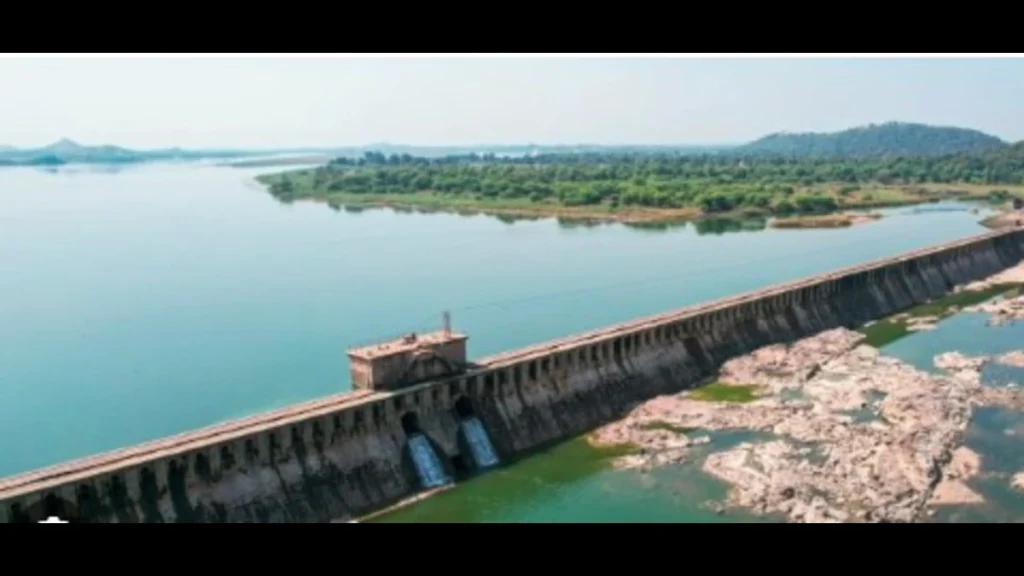Sukma Districts: CHHATTISGARH
“Sukma District: Discover the beauty and culture of this Chhattisgarh gem, as it navigates challenges and embraces hope. Explore its lush landscapes, vibrant tribal culture, and ongoing development initiatives in our insightful guide.”

Sukma District, nestled in the southern part of the Indian state of Chhattisgarh, is a region characterized by both natural beauty and persistent challenges. Spanning an area of approximately 5,387 square kilometers, Sukma is known for its lush forests, vibrant tribal culture, and a history that reflects the complexities of development and conflict in India. In this brief exploration, we delve into the district’s geography, culture, and the ongoing efforts to bring progress and stability to the region.
Geography:
Sukma’s geographical makeup is marked by its dense forests, picturesque hills, and winding rivers. The district is part of the Bastar plateau, which is a hilly region covered in deciduous and tropical forests. The majestic Indravati River flows through Sukma, adding to its natural beauty. This lush landscape has earned it the moniker “the Green Bastar.”
Tribal Culture:
The majority of Sukma’s population consists of indigenous tribes, including the Gond, Maria, Muria, and Bison Horn Maria. The district is renowned for its rich tribal culture, with distinct traditions, art forms, and festivals. The Bison Horn Maria tribe, in particular, is known for its unique tattooing tradition, which is a significant cultural practice.
Challenges:
Sukma’s scenic beauty and cultural diversity coexist with a complex set of challenges. The district has been marred by Naxalite-Maoist insurgency for decades, leading to security concerns and disruptions in daily life. Development has been impeded by this ongoing conflict, making it a region in dire need of infrastructure, education, and healthcare facilities.
Government Initiatives:
Despite these challenges, various government initiatives have been launched to uplift Sukma. The Integrated Action Plan (IAP) and the District Mineral Foundation (DMF) are two such efforts that aim to promote development and address the socio-economic needs of the local population. These programs focus on building roads, schools, and healthcare facilities, among other essential amenities.
Hope on the Horizon:
In recent years, there has been a noticeable improvement in the security situation in Sukma. Security forces have made concerted efforts to combat insurgency, providing a glimmer of hope for the district’s residents. Additionally, civil society organizations, NGOs, and grassroots movements have played a crucial role in addressing the region’s developmental challenges.
Tourism Potential:
Sukma’s natural beauty, untouched by mass tourism, holds immense potential. The district has become an emerging ecotourism destination, attracting nature enthusiasts and adventurers. The lush forests, diverse flora and fauna, and the pristine Indravati River offer a unique experience for travelers seeking off-the-beaten-path destinations.
In conclusion, Sukma District is a place of contrasts – a land of immense natural beauty and cultural diversity, marred by persistent challenges. The road to development and peace is long, but with the concerted efforts of government agencies, security forces, and the resilience of the local population, Sukma is gradually finding its path to progress. As the district continues to open up to responsible tourism, it has the potential to not only uplift its economy but also showcase its rich cultural heritage to the world. Sukma is a district where hope persists, and with continued efforts, its future holds promise.
Famous Places in Sukma District
Sukma District, although relatively lesser-known on the tourism map, boasts some hidden gems and famous places that showcase its natural beauty and tribal culture. Here are a few notable ones:
Indravati National Park: This park is a haven for wildlife enthusiasts. It’s home to a diverse range of flora and fauna, including tigers, leopards, bison, and a variety of bird species. The lush forests and scenic landscapes make it a perfect spot for nature lovers.
Kanger Valley National Park: Located on the border of Sukma and Bastar districts, this park is renowned for its limestone caves, picturesque waterfalls, and dense forests. It’s also inhabited by the tribal communities, offering a glimpse into their way of life.
Banda Village: Banda is famous for its vibrant tribal culture. Visitors can witness traditional dance forms, handicrafts, and the unique tattooing traditions of the Bison Horn Maria tribe. It’s a great place to immerse oneself in the local culture.
Konta Fort: This historical fort is a testament to the region’s rich history. It played a significant role during the reign of the Chalukyas and later became a stronghold for the British. The fort offers panoramic views of the surrounding landscape.
Chitrakote Waterfall: Often referred to as the “Niagara Falls of India,” Chitrakote is one of the widest waterfalls in the country. The stunning cascade of water, surrounded by lush greenery, is a breathtaking sight, especially during the monsoon season.
Palarapu Waterfall: Another captivating waterfall in Sukma, Palarapu is known for its pristine beauty and tranquillity. It’s an ideal spot for picnics and relaxation amidst nature.
Cherpal Waterfall: Nestled in the heart of the forests, Cherpal is a hidden gem known for its serenity. It requires a short trek to reach, making the journey as enjoyable as the destination itself.
Danteshwari Temple: Located in nearby Dantewada district but accessible from Sukma, this ancient temple is dedicated to Goddess Danteshwari, a revered deity in the region. The temple’s architecture and religious significance draw pilgrims from across the country.
While Sukma District may face its share of challenges, it is also a land of immense beauty and cultural richness waiting to be explored. These famous places offer a glimpse into the district’s natural wonders and the traditions of its tribal communities, making it a unique and rewarding destination for those who seek off-the-beaten-path experiences.
Read More :-
